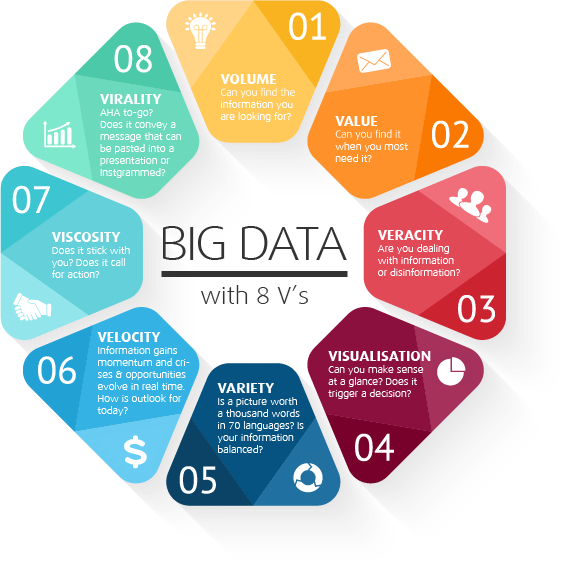Big data Technology has hugely impacted the state of modern business. There is a significant growth in the technology surrounding big data recently, and smart businesses need to take measures to be on par with it. The development of data activation can be considered one of the biggest advancements for data-driven businesses.
Everything about Data Activation
Data activation is the latest and exciting way for businesses to consider their data. It takes more than just data to provide the necessary information to make wise data-driven decisions. It’s more than simply granting access to data warehouses that were dangerously close to becoming data silos.
Giving businesses the ability to make data serve them is what data activation is all about. This includes everything from orchestration and access to automation and tracking.
Companies can use data activation to take advantage of utilizing their data to its maximum.
Data activation is one of the greatest big data Trends of 2022 and below is everything you need to be aware of data activation.
Data activation commenced reverse ETL
In the United States alone, businesses will spend more than $55 billion on big data this year. This is fueling the demand for new data management technologies, which has increased the demand for data activation. Its origin can be traced back to ETL.
Data activation’s uniqueness and places where it can be powerful in helping businesses can be understood by commencing with reverse ETL. ETL is a method of integrating data into a warehouse.
While data is being created in a company, and it gets accumulated in such a way that it turns either unattainable or so varying and as a result becomes useless, it aggregates in what is referred to as a data silo.
Silos contain valuable data which is either not in the correct format or is simply not accessible to the company and stands as a problem to businesses who wish to utilize their data productively. The data warehouse has always been the constant old-fashioned solution to a data silo. This is a solution for extracting data from a silo, transforming it into a uniform, usable format, and storing it in a warehouse.
ETL is the acronym for Extract, Translate, Load. This title defined the steps of extracting data from a silo, translating it into a usable format, and then loading it into a warehouse where it turns into a source of truth for an entire organization.
Gradually, both data warehouses and lake houses started facing similar problems as a silo. This resulted in the data turning difficult to be accessed, and in a few scenarios, even impractical for an organization to utilize it as a source of truth. Several factors contributed to this, with one of them being that only persons with SQL knowledge could access this data.
This solution aided in the movement of data from a warehouse and across departments within a company. This gave various departments within a company access to data that was critical for making good, customer-focused decisions.
Due to the huge success of reverse ETL, companies were able to unlock new possibilities. On continuous usage, Hightouch was able to remain updated regarding the reverse ETL’s impact on a company’s data usage. As a result, the way to improve things and any additional requirements to improve the system was understood.
The transition from Reverse ETL to Data Activation
After nearly two years of collaborating with reverse ETL, Hightouch was able to create what is now known as Data Activation. Data Activation offers all of the advantages of Reverse ETL. Nonetheless, it continues to provide developers, engineers, and departments with the tools they require to make the most of their company’s data.
The transition from reverse ETL to data activation was accomplished through operational analytics. Operational analytics focused on not only delivering data to departments but also empowering those departments to make data work for them. This meant allowing for task automation based on customer interactions.
There was some misunderstanding about semantics. Operational Analytics sounded like a solution for making decisions in retrospect. Collecting data, reviewing it, and using this information to make decisions. Data Activation is more in line with the purpose of Operational Analytics.
This enabled businesses to set automation in motion, allowing departments to see a clearer, more precise view of their customers in real-time. Furthermore, this tracked data was used across an entire company to allow departments to improve customer relations as they occurred rather than only looking back at accumulated data.
Conclusion
Data Activation aims to provide companies with the tools they need to use their data to improve customer experience, win over potential customers, and grow.













